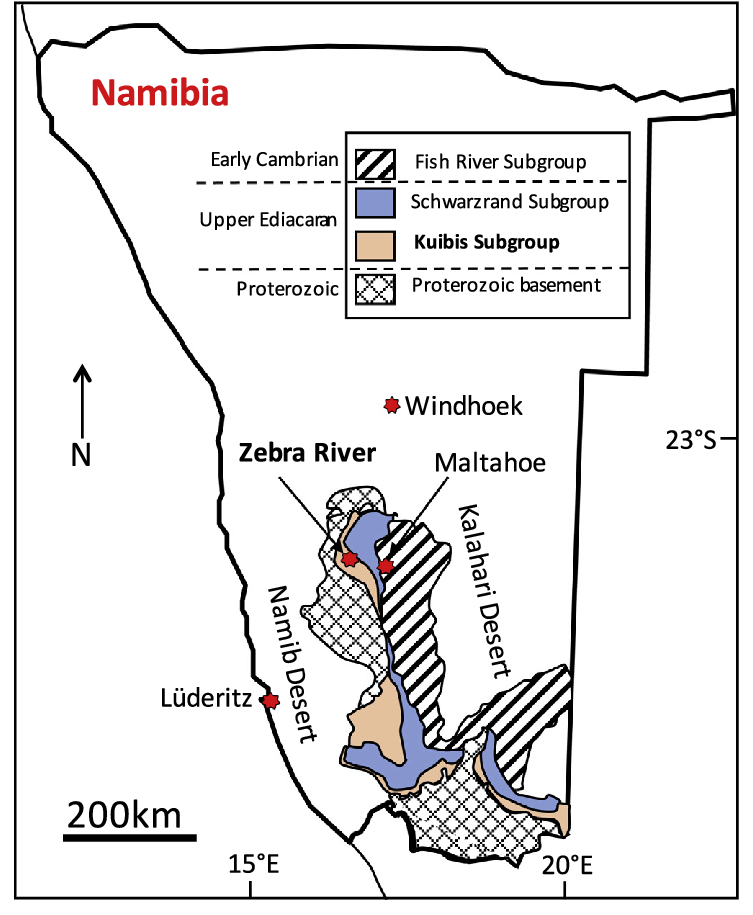Geology
Positioned within the canyons of the northern side of the Tsaris Mountains, Zebra River Lodge is privy to a phenomenal landscape which is also home to many geological surprises. The terrain, formed millions of years ago, at the end of the last Ice Age, would have originally been under a shallow sea created when the glaciers melted. The sea, over time, eroded the canyons into their current form.
The obvious horizontal layering and differing shades of the mountain ridges, which are still unmistakable today, are clear indications of this rich geological history. The mountains consist of a combination of grey and black shale from the Kuibis and Schwarzarand layers of the Nama Group which geologists estimate date from approximately 600 million years ago. These marine sedimentary layers were deposited on the 1500 million year old base of the Rehoboth Sinclair Sequence. The arrangement of this Nama layering on top of the solid Rehoboth Sinclair resulted in such a stable geological creation that even tectonic forces have not unsettled or shifted the rock formations.
om this analysis we understand that the canyon ridges of the Tsaris Mountains that can be viewed from Zebra River Lodge have been in existence for between 450-600 million years and that these are built upon the underlying layer of basement rock which could date back as far as 900-1500 million year.
The different colorings of the rock layers themselves can be explained by the following:
The darker and almost black lines of rock are a limestone combination with thick shale units. Back in the times of the shallow sea, the environment was a fertile and fruitful place for many living organisms. These organisms produced a huge amount of dead organic material which was rapidly covered by carbonated sediments on the sea floor and thus the oxygen supply was cut off. This lack of oxygen hindered the breakdown of the organic sediment components by micro-organisms and so the material instead decomposed causing a black coloring of the lime mud. Over time the lime mud solidified and formed the black Schwarzkalk limestone rock.
The lighter layers of rock are Kuibis quartzite, a hard metamorphic rock which was originally sandstone and which has been turned into quartzite through heating and pressure, usually related to tectonic compression. This layer symbolizes a sandy de-positional phase mixed with oxygen that would have taken place in the shallow water marine environment. Note that quartzite can withstand severe chemical weathering and is known to form ridges and resistant hilltops. The nearly pure silica content of the rock is not conducive to much soil production and thus the quartzite ridges are usually bare or only covered with a very thin layer of soil and little vegetation which is true of the landscape here at Zebra River Lodge.
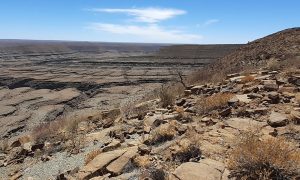
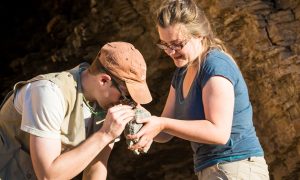
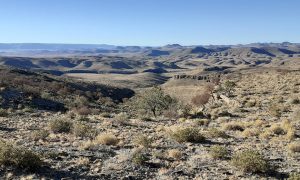
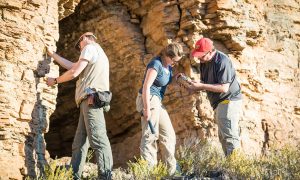
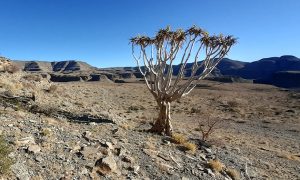
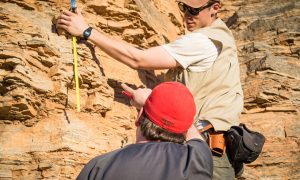
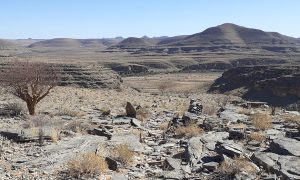
Further insight
If you are more interested and need further information, we have collected a few for you:
Some scientific publications:
An earth science review of the Orange-Fish River Basin, Namibia
Please also visit our page about Paleontology and Fossils
